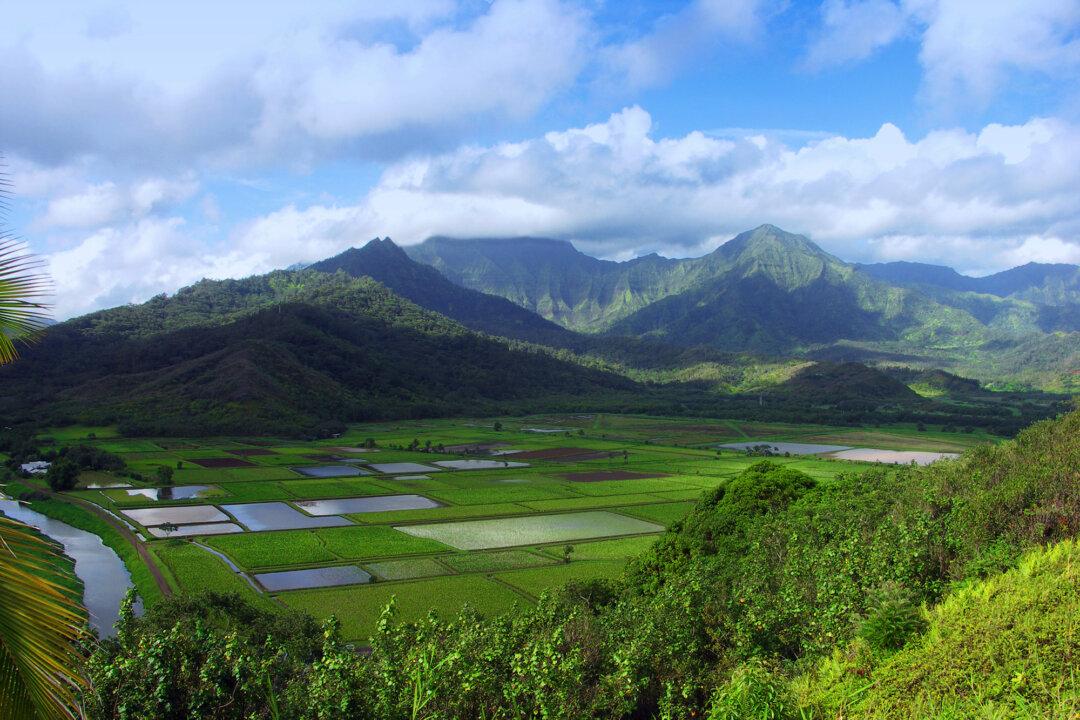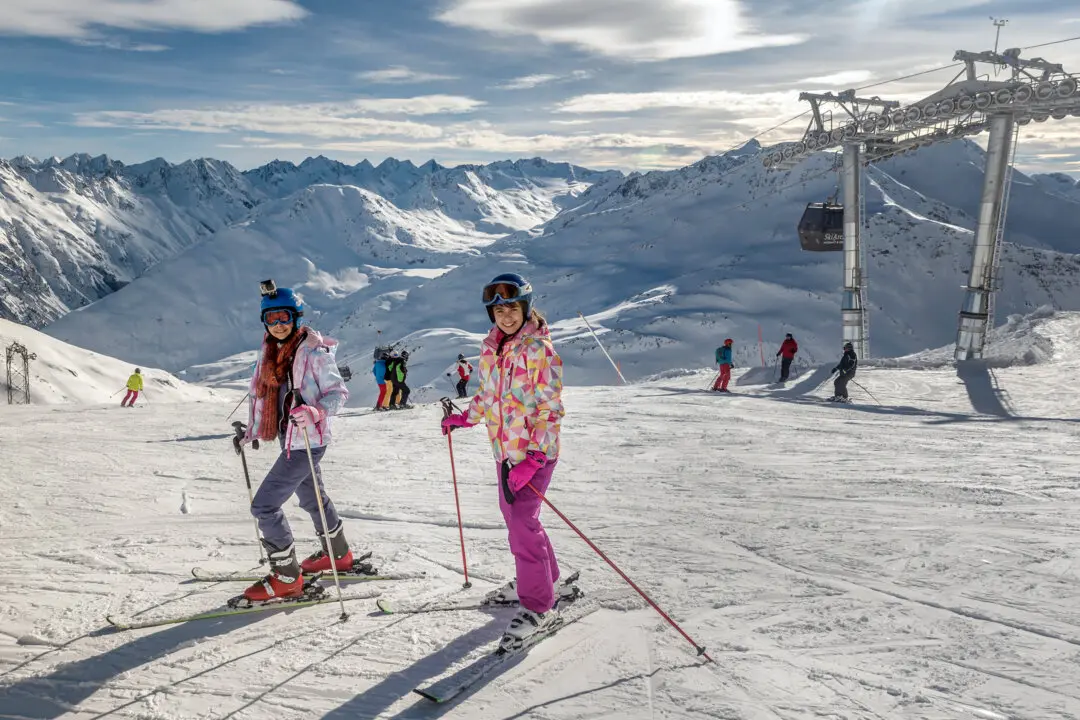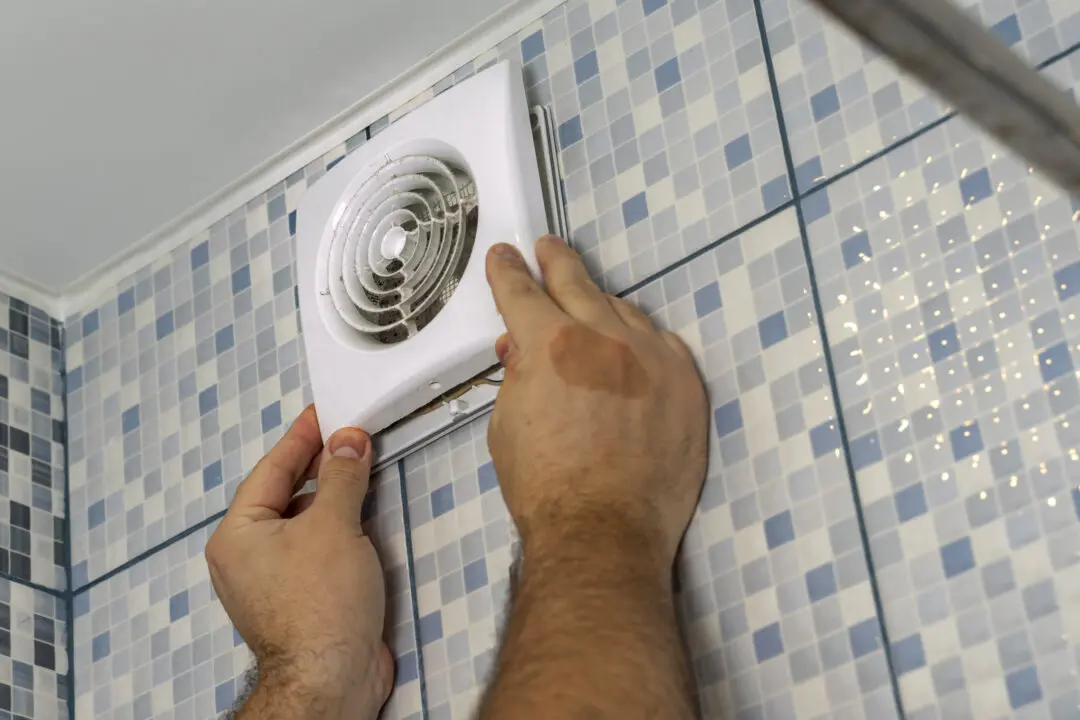I don’t want to be an invasive species.
I kept thinking this as I made my way up old stone steps into the lushness of Kauai’s Limahuli Garden and Preserve. Never have I experienced so many shades and forms of the color green, all in one place. This 1,000-acre valley teams with precious flora and fauna that include plants and birds on the verge of extinction—extinction largely caused by non-native species pushing aside what belonged here first.
It felt appropriate that my first day on Kauai, the “Garden Isle” of the Hawaiian archipelago, should be spent at Limahuli learning about ahupua’a, an indigenous resource management system used by native Hawaiians for hundreds of years. This was going to be a different kind of vacation.
I’ve visited Oahu many times over the years and love it, but that island experience has been molded around the tourism industry—Hawaiian culture packaged and made easily digestible. Here though, the rugged, largely rural landscape of Kauai’s North Shore—framed by serrated mountain ranges, a two-lane main road and sterling beaches—demands that you, visitor, take a step back and consider your place in the order of things. The question is, how can a vacationer enjoy the paradise that is Kauai while not draining all that makes it special in the first place?
Tread lightly.
At the northwestern tip of the island lies Hā’ena State National Park and Mount Makana, a legendary place for those who claim Hawaiian ancestry, where tradition tells of gods delivering the art of hula to mortals. (Of course Hollywood discovered the place and etched it into popular memory as “Bali Hai” in the 1958 movie spinoff of the musical “South Pacific.”) It’s the gateway to the pristine, protected Nā Pali coast.
Evidently, travelers used to be able to drive all the way up to the beach there, but in the aftermath of massive landslides and flooding that devastated the area in 2018, access has been drastically limited. Now a shuttle service takes you to the park entrance, a place where the intrepid can brave the strenuous, two-hour hike to Hahakapi’ai Falls. My companions said it was spectacular, but I’ll take their word for it. I decided to commune with nature on the white sand of Ke’e Beach—looking not unlike the lone monk sea who sunned himself not 15 yards from me.
Along Kuhio Highway—the island’s main access route, a two-lane road, where there’s a one-lane access at the bridge over Hanalei River—going to and from Ha’ena State National Park you see hand-painted signs that say “Try Slow,” which feel like an invitation not only to mind the speed you’re traveling but to consider an entirely different way to be in the world.
Slow is also the pace at the innovative campus of Common Ground, a former sugar plantation-turned-regenerative farm that sees its future as a place where people can gather to connect around food events, art and education, and support local businesses.
Do what I did and spend an afternoon on the farm tour led by John Parziale, Common Ground’s director of agroecology, to experience what are not only sustainable ways for man and beast to eat from the land, but practices that might, ultimately, restore the land. You just might come away feeling hopeful about the future.
My companions and I were staying at the Cliffs at Princeville, a comfortable and inviting timeshare/hotel perched, as the name suggests, right on cliffs overlooking the Pacific. Awarded numerous “eco-friendly” and “sustainable” laurels by the hospitality industry, the Cliffs supports the state-wide Mālama Hawai’i initiative, which helps tourists participate in hands-on, educational experiences that help the communities they visit, from beach cleanup to tree-planting to historic preservation and more.
The entire Princeville resort development on Kauai is vast, containing many properties—including the seemingly requisite golf course—but the Cliffs have a particularly gentle, laid-back vibe where it’s enough just to gather at sunset to enjoy each other’s company as you watch the sun sink below the horizon.
Because I’m a horse owner and lifelong equestrian, I always feel I know a landscape best when I have ridden across it. Lucky for me, just minutes from the Cliffs is one of the state’s oldest ranches, Princeville Ranch.
Rides there aren’t your usual tourist affair, where horses are lined up like mechanical, interchangeable vehicles plodding forward. For wrangler Lucie Olivova, it’s a mindful affair; she takes time to introduce you to your mount by name, explaining the horse’s personality and preferences. Before heading out into the verdant expanse of the ranch, she takes time to review riding basics, and asks that you open your heart to the experience of being one with the creatures and the land. All of it makes for a beautiful, fulfilling two-hour experience.
Heading back to the Cliffs, I needed to stop and get a few refreshments at the Foodland grocery store next to the resort. When I got to the checkout, the clerk asked if I had a customer rewards number, as if I were a local shopper.
“No,” I said, “just visiting.”
She smiled. “Oh you’ll be back. Let’s get you set up with one.”
I knew then she was right. Kauai had shown me the way to visit without invading.
Copyright 2023 MediaNews Group, Inc. Visit ocregister.com. Distributed by Tribune Content Agency, LLC.






